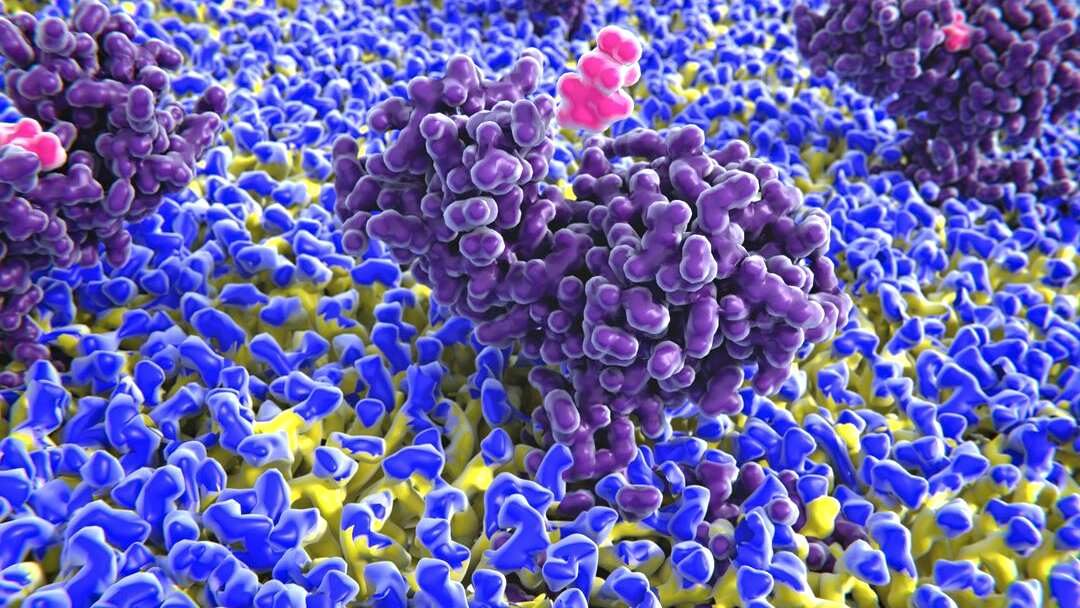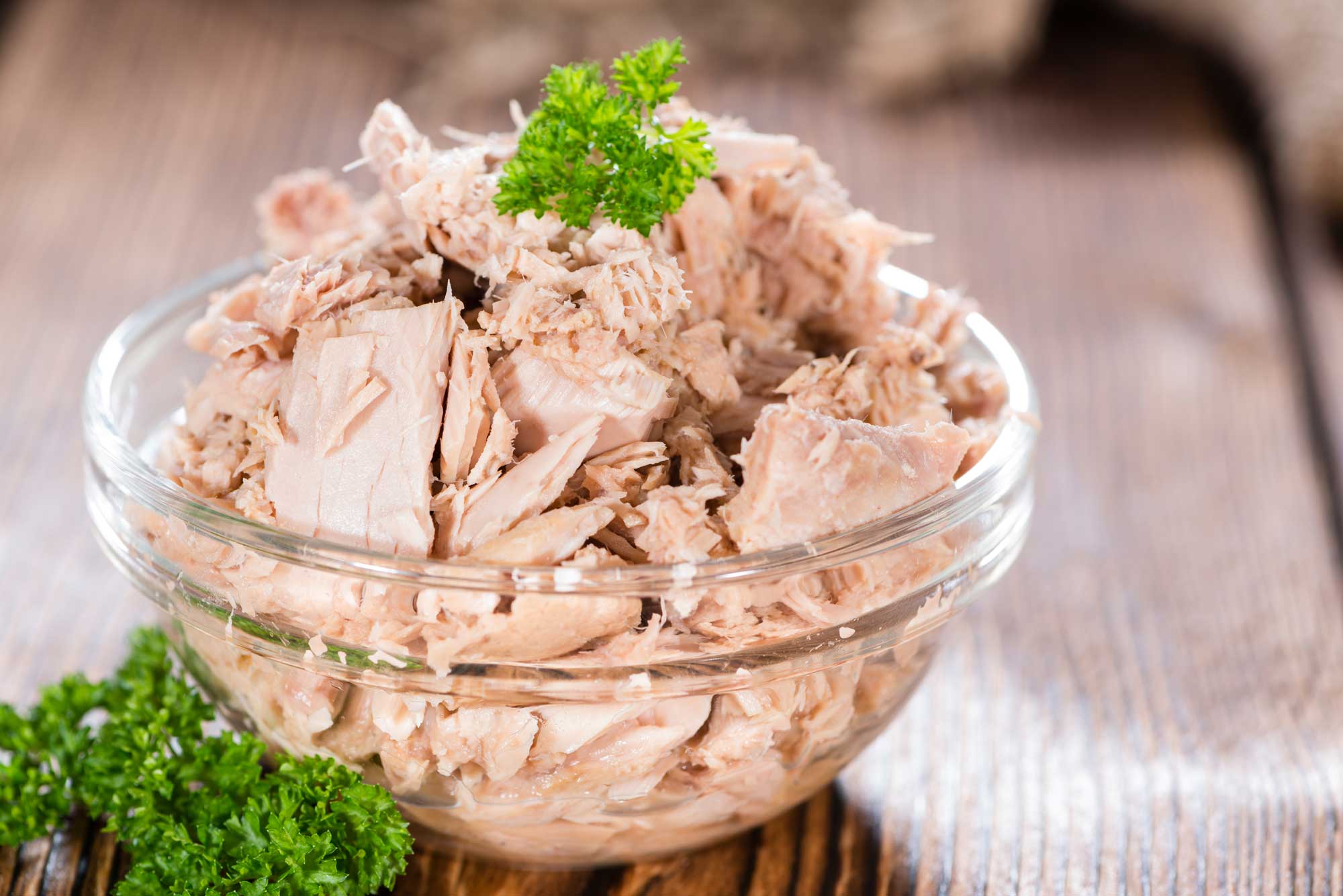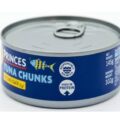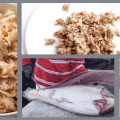In short, histamine is an organic compound (amine) resulting from the biochemical reaction of enzymes of certain bacteria on an amino acid called histidine. Histamine ingestion can be dangerous to health when certain limits are exceeded and is therefore considered a toxin. This biochemical reaction starts when the animal dies during fishing and the amount of histamine generated is determined by temperature and exposure time, is considered one of the most important most important quality indicators for tuna and other fish families to which mackerel, swordfish, sardines, mahi mahi, among others, belong.
In addition to histamine, other amines, such as cadaverine and the putrescine are produced simultaneously during decomposition, as a result of the interaction of other bacteria with other amino acids in the fish. The prevalence of one or another amine will be determined by the type of bacteria that predominates and here temperature plays a preponderant role. Bacteria that react with histidine are very comfortable at temperatures above 21.1 degrees Celsius and multiply extremely rapidly above 32.2 degrees Celsius. On the other hand, if fish are kept at lower temperatures cadaverine and/or putrescine could be the prevailing amines.
Since cadaverine and putrescine can be perceived by smell and histamine cannot, here we have the second indicator of tuna quality, the decomposition odors. We will deal with this subject in another installment, for the moment we will focus on histamine.
Other fish families to which snappers, sharks, soles, snook, etc. belong, do not generate enough histamine to be considered a quality indicator, so for them the Organoleptic Characteristics (decomposition odors among others) are the main indicator.
Why can there be histamine in canned tuna?
The formation of histamine toxin outside the established limits can occur at any step of the canned tuna production chain, from the time it is fished until the moment prior to can sterilization, and as we saw earlier this occurs when the fish has been subjected to temperatures above 20 degrees Celsius for a long time.
Once the product has been sterilized, no more histamine can be generated because the heat eliminates the bacteria that break down the histidine; however, the toxin that is already present is heat-resistant, i.e. it does not degrade or disappear due to the effects of sterilization.

Is it dangerous for tuna to have elevated histamine?
Yes. Consumers who ingest tuna with elevated histamine may suffer allergic reactions of varying severity and in some very severe cases may require hospitalization. Symptoms are considered to occur at 500 ppm and above. Some studies suggest that interactions with other amines such as those already described (cadaverine and putrescine) potentiate the harmful effect of histamine in the human body. It is for that reason that the FDA established a maximum limit of 50 ppm of histamine, although other countries maintain a limit of up to 200 ppm.
Can a consumer detect the presence of histamine in tuna just by tasting it?
Not with certainty. While it is true that the elevated presence of histamine in tuna may produce an itching sensation inside the oral cavity, swelling of the lips and/or numbness of the oral membranes, the threshold of perception varies from person to person. There are very sensitive people who can detect histamine levels as low as 100 ppm and even have allergic skin reactions just by touching it. There are others who will not perceive anything below 500 ppm. In any case, is It is the processor’s responsibility to ensure that the product reaches the final customer in a safe manner, complying with the limits established by the competent authority.
Should we stop eating canned tuna to avoid histamine?
Well, no. The ratio of incidents to the hundreds of millions of cans of tuna produced in the world is so low that it is still one of the best options to have access to the nutritional benefits of fish. It is also important for the consumer to identify the responsible processors. A good simile would be airplane flights.














0 Comments